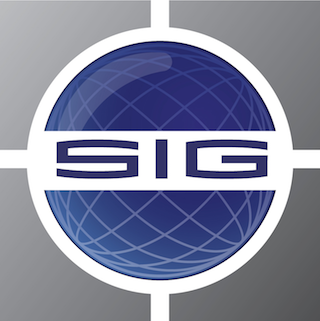By Dee Smith
Recently, I hosted a not-for-attribution presentation on the causes and effects of climate change with a colleague who has expert scientific knowledge in the field. Discussion focused on causes (both human and natural), and particularly on the very dire consequences that we have already missed the opportunity to prevent or even mitigate. For example, it now seems inevitable that some parts of the world that are currently occupied will become uninhabitable by humans.
The question on quite a few people’s minds was “Okay, what should we do? Give us some action steps.” As one said: “What’s the silver bullet?”
If only it were that simple.
Instead, it is almost insuperably complex. Elements affecting climate change range from human factors, including not only increased CO2 emissions, but also increased methane emissions—and methane is between 24 and 80 times more powerful in the atmosphere as a greenhouse gas than carbon. Methane also comes from the melting of permafrost, itself a consequence of warming arctic climates.
Natural elements affecting the climate include solar radiation cycles, the El Niño/La Niña oscillation, the strength of the Gulf Stream, the temperatures and amount of ice in the Arctic and Antarctic, the stability of the jet stream and global ocean temperatures.
We were already in a part of the natural climate cycle in which temperatures were increasing. Human activity since about 1980 tipped the cycle into a real crisis. The consequences are almost too catastrophic to think about: mass migration (something like the equivalent of the entire population of the US in forced relocation around the globe), heat in which humans cannot live, potentially extreme food shortages, increased military confrontation over resources, and so forth. As much of this is now unavoidable, preparation and attempted mitigation are our only choices.
So, of course we are looking for silver bullets.
The truth is that silver-bullet solutions are much more complex than mainstream media proclaim. For example, the latest silver bullet in the climate change arena is Stratospheric Aerosol Injection: putting large quantities of substances such as sulphur dioxide (SO2) into the upper atmosphere to block the amount of sunlight reaching the earth and thereby slow warming.
This is said to be supported by an analysis of the eruption of Mt. Pinatubo in June 1991. The eruption injected 15 million tons of SO2 into the atmosphere. But a comprehensive analysis indicates that it did not lower global temperatures by 0.5 degrees Celsius for 18 months, as claimed. Global temperatures did not decline for the rest of 1991 after the eruption. They did decline by 0.2 °C from March to December 1992, but that timeframe coincided with a sharp drop in solar radiation and a shift from a weak El Niño effect to a neutral one. It was the combination of factors that accounted for the drop in temperature. The 1815 eruption of Mt. Tambora was about 18 times the size of the Mt. Pinatubo eruption and did have an impact for 2-3 years in lowering temperature. However, the effects were wildly uneven and often calamitous: no monsoons, disastrous floods, crop failures, and droughts.
The amount of SO2 injection needed to make an impact is a magnitude higher than generally believed and its effects are beyond our ability to predict. Unintended consequences are a real danger with planetary engineering projects like SAI. The system is too complex, and we simply do not know what the outcomes of SAI would be. For example, it might cool some areas and dramatically heat others.
We have created the most complex civilization that has ever existed, but more and more — or perhaps because of its very complexity — people want simple solutions. And climate change is arguably the most complex global problem we have ever faced.
“Just tell me what to do . . .” The well-intentioned will then generally try to do it for a while, until they forget, or it becomes too inconvenient, or the exceptions to doing it start to surmount complying with it. Or until it is imposed in a Draconian manner.
A few years ago, when the mantra of the day was reducing travel to reduce carbon emissions, someone closely involved with a very influential environmental organization said to me: “Well, I’m certainly not going to stop flying around . . .” And that is the attitude most of us have in the end. Most humans only make changes that we don’t want to make when there is literally no alternative.
But sometimes surviving requires very significant changes, whether in one's personal life or far beyond. Your leg is diseased and has to come off, if you want to live. The more you ignore the warning signs, the longer you put it off, the harder it will be to deal with.
We simply don’t want to hear any of this. And so, denial wins out. Or at least, things go along, business-as-usual, until it is too late.
But if we can accept that there are no silver bullets, and deny our denial, we may be able to find some partial — yet real, cumulative and productive — ways to proceed.

